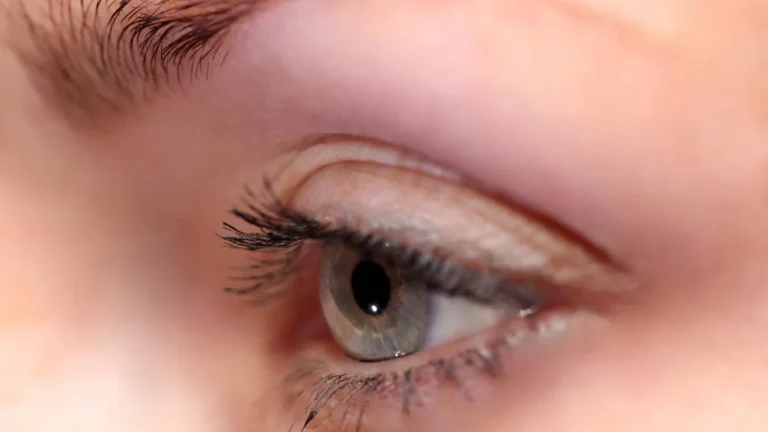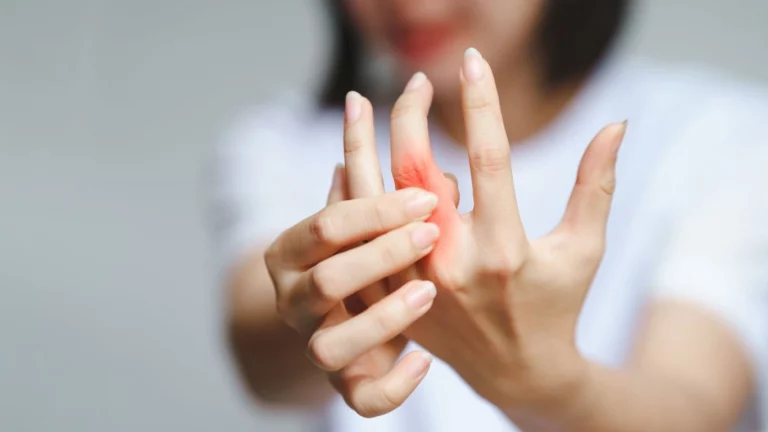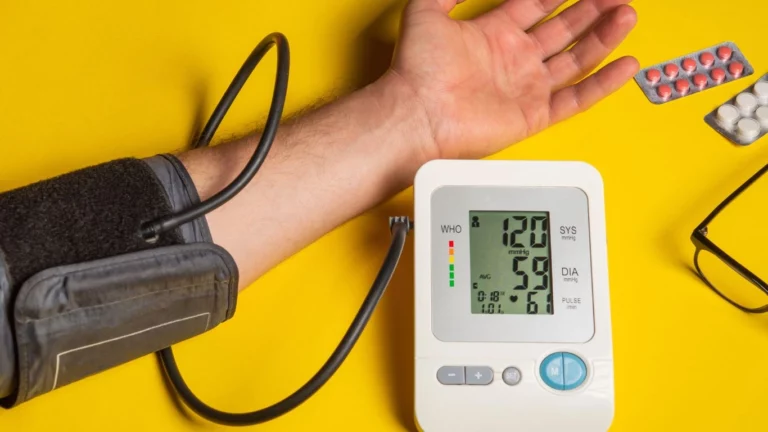Best Shoes for Foot Pain in Rheumatoid Arthritis: Top Picks to Relieve Discomfort
Rheumatoid arthritis (RA) is a condition that affects millions of people worldwide, and its impact goes far beyond just the joints. As a Rheumatology Nurse Practitioner, I see firsthand how debilitating RA can be, particularly when it comes to foot pain. The inflammation in the joints, particularly in the feet, can make it hard to walk, stand, or even get comfortable. One of the best ways to ease this burden is through choosing the right footwear. But with so many options out there, it can be a challenge to know what works best for managing RA-related foot pain. In this article, we’ll dive into the importance of selecting the best shoes for foot pain associated with rheumatoid arthritis and how the right pair can make a world of difference in your daily life.
Understanding Rheumatoid Arthritis and Its Impact on Foot Health
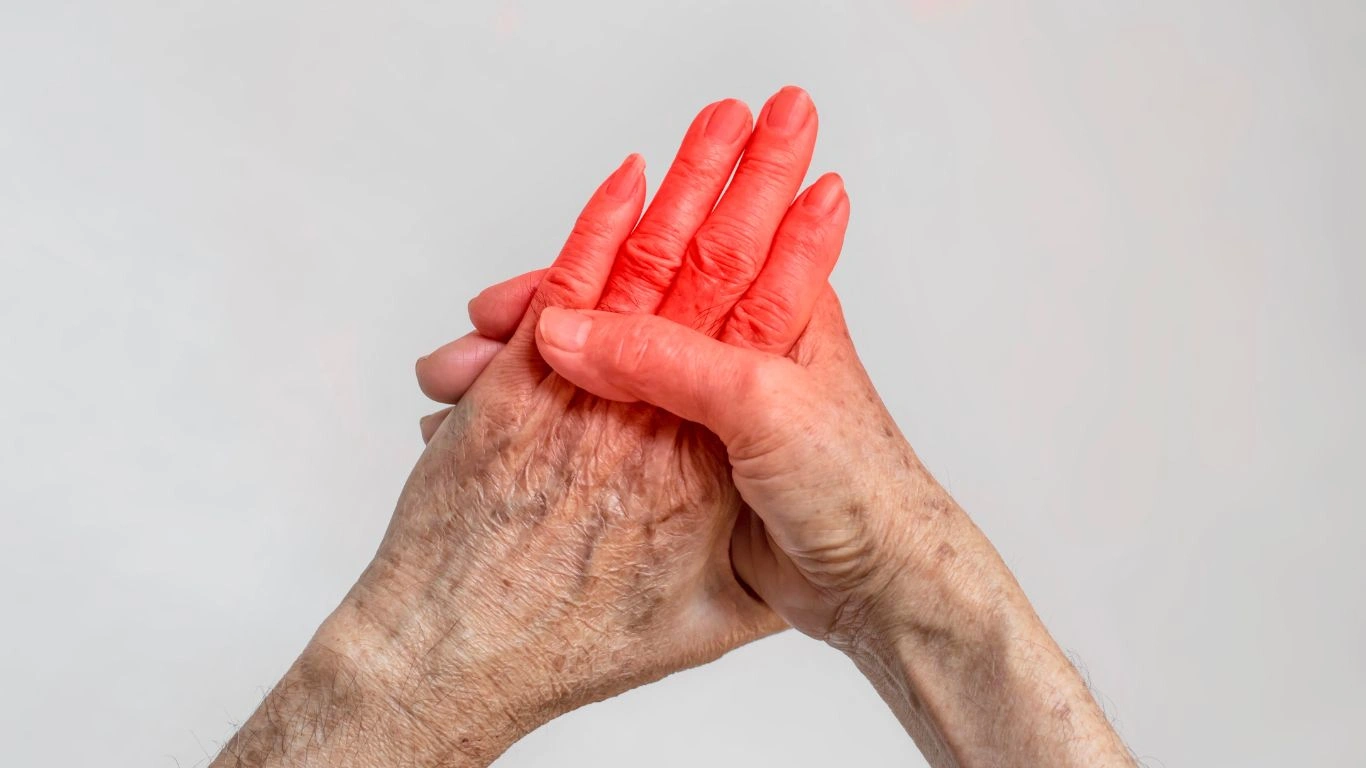
Rheumatoid arthritis (RA) is an autoimmune disease that causes chronic inflammation in the joints, leading to pain, stiffness, and swelling. This condition can affect any joint in the body, but the feet are particularly vulnerable. RA often causes the joints in the feet to become swollen, and over time, this can lead to deformities and severe discomfort. The pain in the feet can make daily activities such as walking, standing for long periods, and even driving difficult.
As someone who works closely with patients who live with rheumatoid arthritis, I’ve seen how foot pain can significantly impact a person’s quality of life. It’s not just about finding relief from pain; it’s about restoring function, reducing inflammation, and ultimately making movement easier. This is why wearing the right pair of shoes is essential.
The Connection Between Foot Pain and Footwear
While there’s no magic cure for the joint pain caused by RA, wearing the right shoes can play a pivotal role in reducing foot pain. Shoes that provide support, cushioning, and stability can help alleviate pressure on the feet, prevent further joint damage, and make standing or walking more comfortable. On the other hand, wearing the wrong shoes can exacerbate the pain and lead to more serious complications like bunions, hammertoes, and other deformities.
The best shoes for foot pain in rheumatoid arthritis patients are ones that are specifically designed to cater to the unique needs of the feet affected by RA. These shoes should offer ample arch support, a cushioned insole, and a stable base. Additionally, a wide toe box can help avoid crowding and reduce the risk of developing other painful conditions.
What to Look for When Choosing Shoes for RA-Related Foot Pain
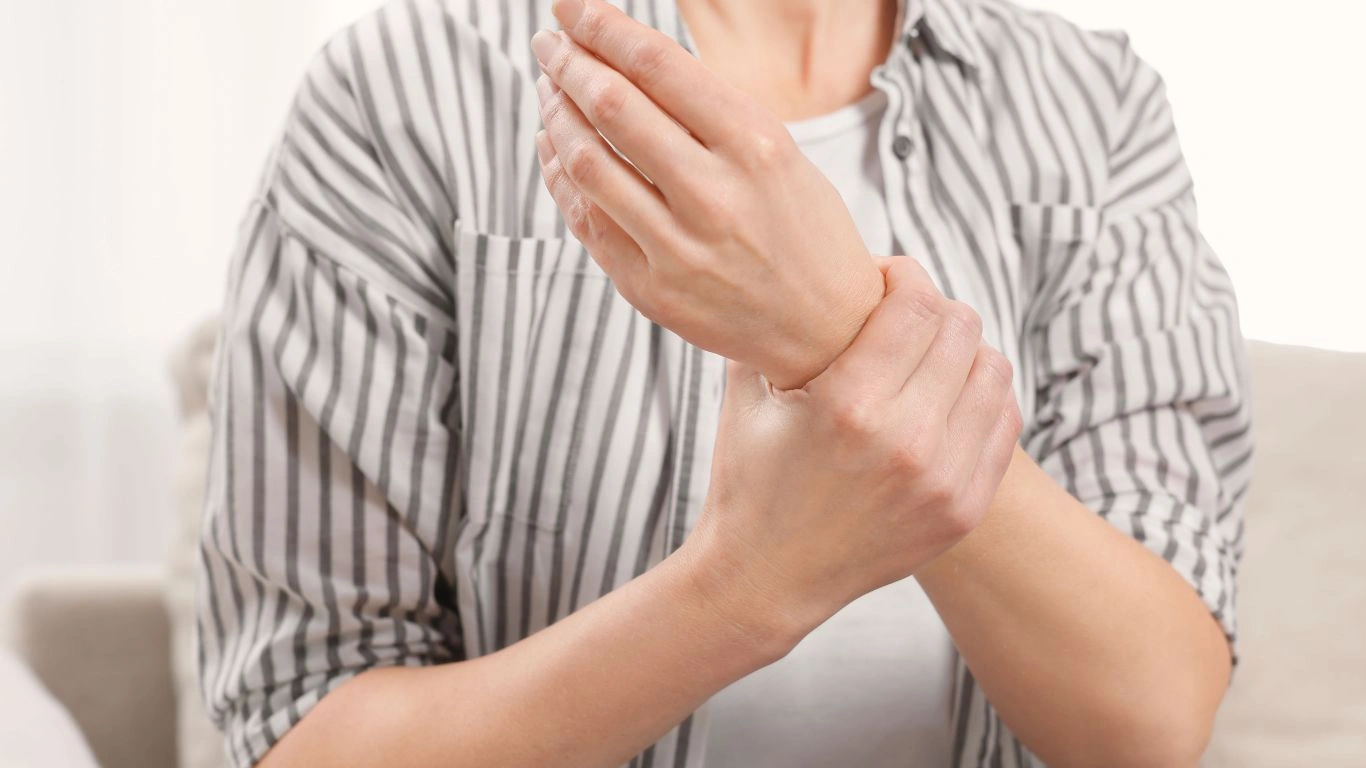
When it comes to choosing the best shoes for RA-related foot pain, there are a few key features to keep in mind. A pair of shoes that suits your specific needs can truly transform the way you experience daily activities. Below are the most important factors to consider when selecting shoes for RA-related foot pain:
- Arch Support: RA can alter the structure of your feet, making it essential to choose shoes that offer good arch support. Proper support helps distribute weight evenly and reduces strain on inflamed joints.
- Shock Absorption: RA patients often deal with pain from every step they take. Shoes with adequate cushioning in the soles can reduce the impact of walking and help absorb shocks, minimizing stress on the feet.
- Wide Toe Box: A spacious toe box can prevent further irritation of the toes, which are often the most affected by RA. It’s important that your toes have enough room to move without feeling cramped.
- Stability: Stability is key when choosing shoes for foot pain caused by RA. Shoes that provide a stable base help prevent instability or misalignment, which can lead to further discomfort.
- Adjustable Features: Look for shoes that have adjustable closures like Velcro straps or elastic laces. These features allow you to customize the fit to accommodate swelling or changes in foot size due to RA.
Additional Considerations: Custom Orthotics and Footwear
For many people with rheumatoid arthritis, custom orthotics are a game-changer. These custom-made shoe inserts are designed to provide additional support, correct alignment, and help distribute pressure more evenly across the feet. Orthotics are especially helpful for patients with more severe joint damage or deformities caused by RA.
When using custom orthotics, it’s important to choose shoes that have enough depth and room to accommodate them. Many shoe brands offer specific styles that are designed with extra space for orthotics, ensuring a more comfortable and supportive fit.
The Role of Your Podiatrist in Shoe Selection
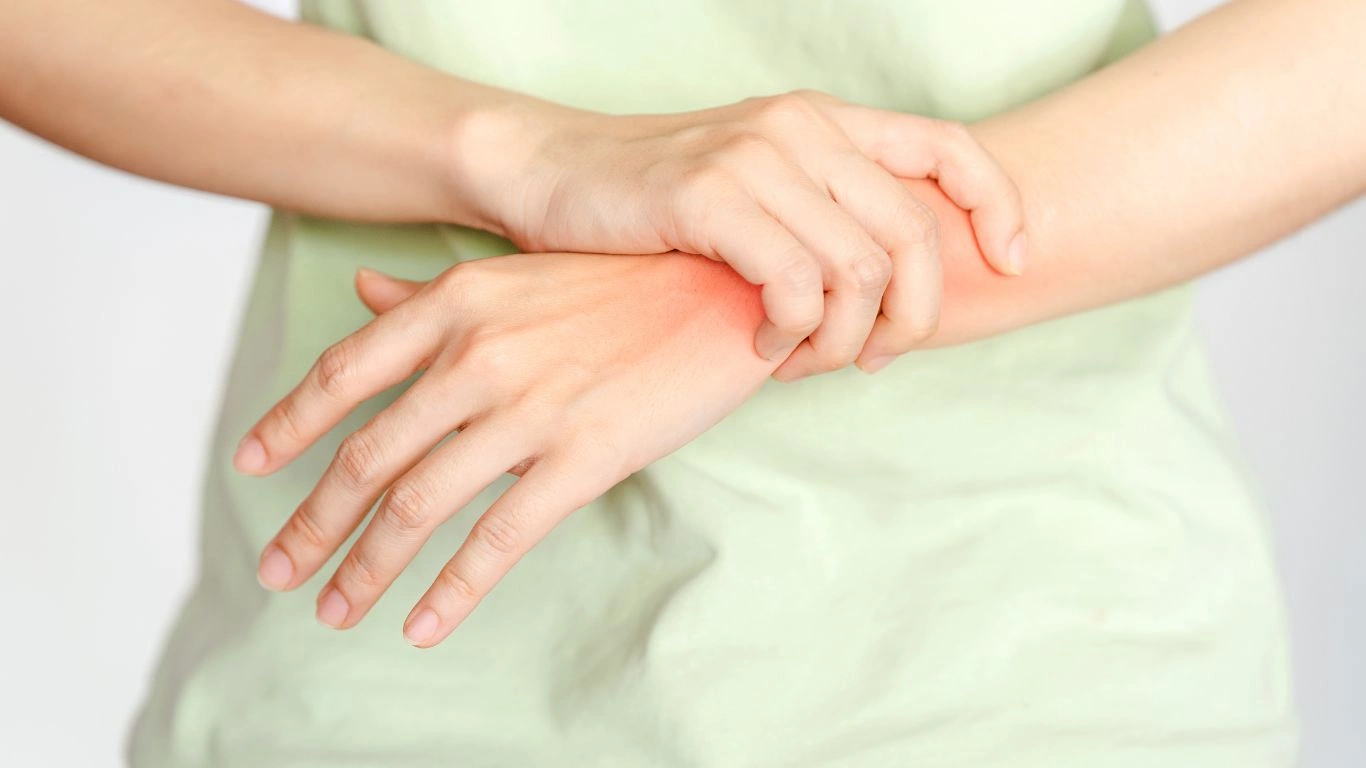
As a nurse practitioner, I always encourage my patients to consult with their podiatrist when choosing shoes, especially if they’re dealing with severe RA-related foot pain. A podiatrist can evaluate your foot structure, assess any deformities, and recommend specific shoes or orthotics that will best suit your needs.
Your podiatrist may also recommend specific exercises or stretches that you can do at home to further alleviate foot pain and improve mobility. They can also monitor the progression of RA and help you make adjustments to your footwear as your condition evolves.
Top Shoe Brands for Rheumatoid Arthritis Foot Pain
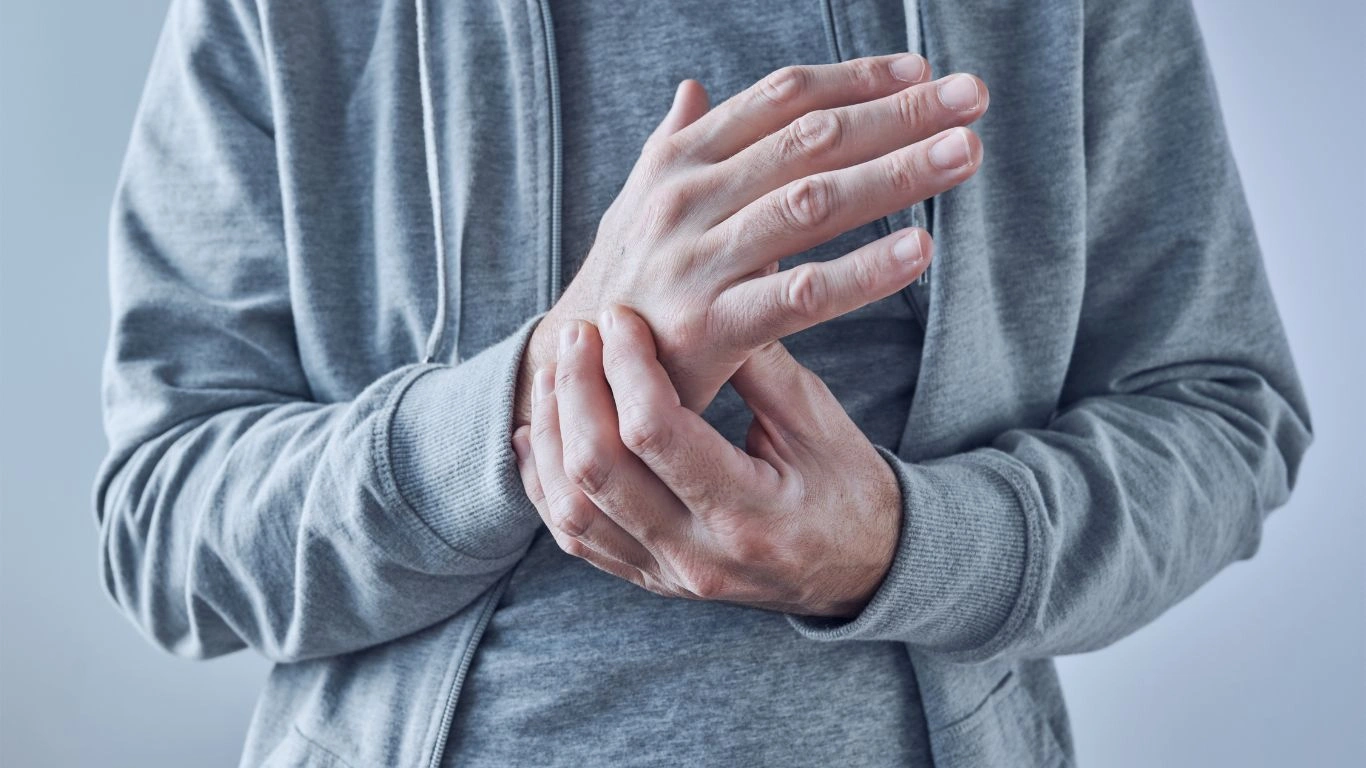
When it comes to finding the right footwear for RA-related foot pain, there’s no shortage of options. However, some brands stand out more than others due to their commitment to comfort, support, and overall foot health. I’ve had many patients come back and rave about specific brands that made a huge difference in their daily comfort levels. Here are some of the top shoe brands to consider if you’re dealing with rheumatoid arthritis and foot pain:
1. Brooks
Brooks is a brand that is well-known for producing high-quality running shoes, but they also make excellent shoes for people with RA. What makes Brooks stand out is their focus on cushioning and support. Many of their shoes are equipped with BioMoGo DNA cushioning, which adapts to the shape of your foot and provides the perfect amount of cushioning for people dealing with foot pain. Their shoes also tend to have a roomy toe box, which is crucial for RA patients, especially those with deformities like bunions or hammertoes.
Some of their most popular models for RA sufferers include the Brooks Addiction Walker and the Brooks Ariel. These shoes are specifically designed for support, offering excellent arch support and stability, which is key for preventing further damage to inflamed joints.
2. New Balance
New Balance is another top contender in the shoe world, particularly for those with RA. They have a fantastic range of shoes designed to provide comfort, support, and cushioning. One of the reasons many people with RA love New Balance is their wide variety of width options, which allows you to find the perfect fit. They also make shoes with extra cushioning in the midsole, which helps absorb the shock of each step and reduces pressure on painful joints.
My patients have had great success with models like the New Balance 990 and New Balance 928. These shoes are not only stylish but also provide much-needed arch support and stability to keep your feet in a comfortable position while walking or standing.
3. Orthofeet
If you’re specifically looking for shoes designed with foot pain in mind, Orthofeet is one of the best brands for people with RA. Orthofeet shoes are designed with a focus on comfort and functionality, offering features like extra cushioning, orthotic insoles, and a wide toe box. These shoes are perfect for those with arthritis, as they help distribute pressure evenly and reduce inflammation.
What’s great about Orthofeet is that they offer both casual and dressy options, so you don’t have to sacrifice style for comfort. The Orthofeet Asheville and Orthofeet Sprint are particularly popular among those with RA, providing superior support and comfort.
How Proper Footwear Can Improve Your RA Symptoms

One of the biggest misconceptions about rheumatoid arthritis is that there’s no way to ease the discomfort and pain associated with the condition. While medication and physical therapy are key elements of an RA treatment plan, the right footwear can be just as important in improving symptoms and restoring mobility.
When you choose shoes that provide the necessary support and cushioning, you’re essentially taking pressure off the joints in your feet. This helps reduce inflammation and can make walking or standing for long periods much more comfortable. Good shoes help you avoid putting additional strain on already inflamed joints, which can worsen symptoms or lead to further deformities.
In my experience, many RA patients who invest in high-quality shoes find that they experience less joint pain, reduced swelling, and improved overall foot function. Shoes that provide proper arch support can also help improve alignment and posture, which can reduce the strain on other joints throughout the body. It’s a small change that makes a world of difference in daily comfort.
Stretching and Foot Exercises: A Helpful Addition to Footwear

In addition to wearing the right shoes, I always recommend that my patients with rheumatoid arthritis incorporate foot exercises and stretching into their daily routine. These exercises can help reduce stiffness, improve flexibility, and enhance circulation in the feet. The combination of proper footwear and regular exercise is a powerful one-two punch when it comes to managing RA-related foot pain.
Here are a few simple exercises that can help alleviate foot pain caused by rheumatoid arthritis:
- Toe Tapping: Sit in a comfortable chair and tap your toes up and down, one foot at a time. This helps improve circulation and flexibility in the toes and feet.
- Foot Circles: While sitting, lift one foot off the ground and gently rotate your ankle in circles. Do this for 10-15 rotations in each direction to improve mobility in the foot joints.
- Heel and Toe Lifts: Stand with your feet flat on the ground. Slowly lift your heels so you’re standing on your toes, and then slowly lower back down. Repeat for 10-15 reps. This strengthens the muscles in your feet and legs.
- Arch Stretches: While seated, place a towel under your foot and gently pull it towards you to stretch the arch of your foot. Hold for 15-20 seconds and repeat 2-3 times.
These exercises can be done multiple times a day and can significantly improve the flexibility and strength of your feet, which will complement the pain relief you get from wearing the best shoes for RA.
How to Care for Your Shoes to Maximize Comfort and Longevity
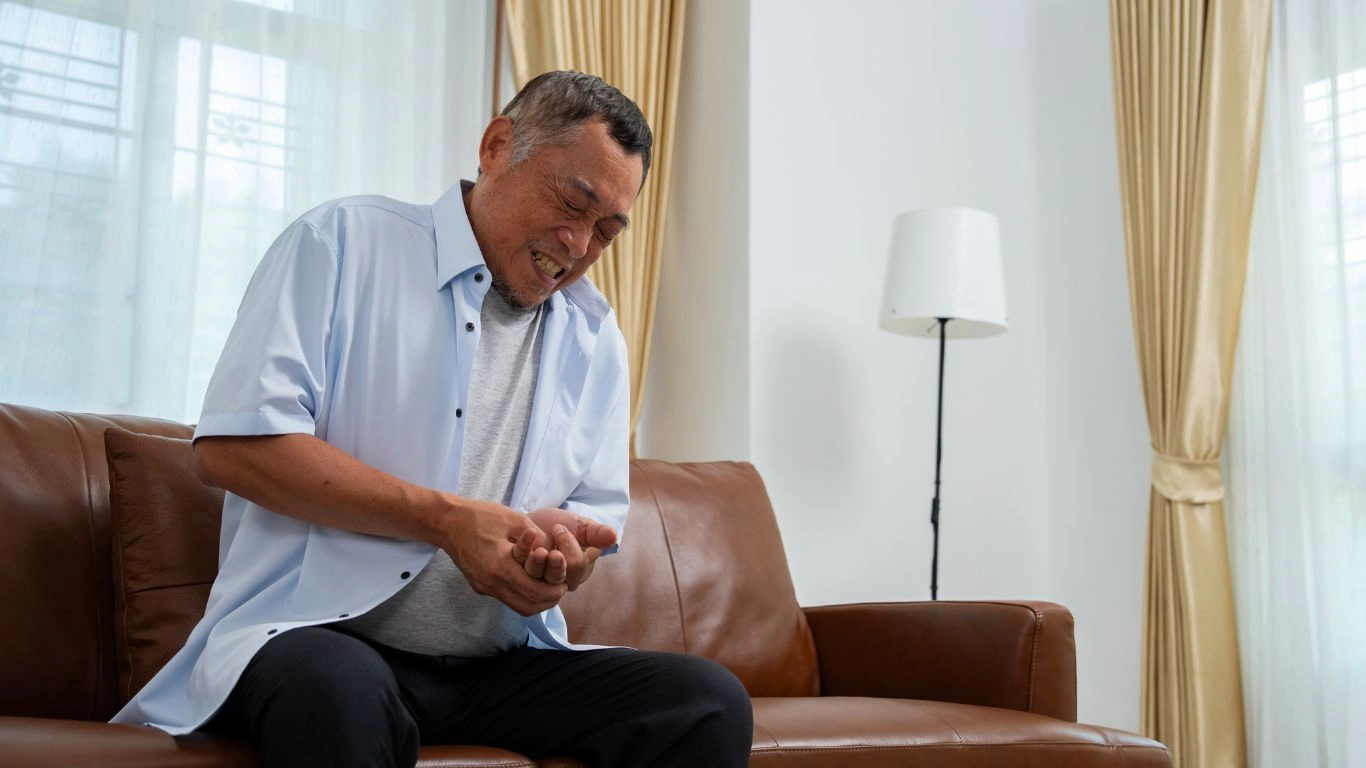
When you’ve found the perfect pair of shoes for your rheumatoid arthritis (RA), it’s essential to take good care of them to ensure they continue providing the comfort and support your feet need. As a nurse practitioner, I always stress the importance of proper footwear maintenance to my patients. After all, a great pair of shoes is an investment in your well-being, and just like any other investment, you need to look after it.
Here are some practical tips on how to care for your shoes and make sure they continue to help you manage RA-related foot pain effectively:
- Clean Regularly: Keep your shoes clean by wiping them down with a damp cloth to remove dirt and debris. For shoes with removable insoles, make sure to take them out and clean them separately. This prevents bacteria build-up, which can cause odor and discomfort.
- Dry Properly: Avoid throwing your shoes in the dryer or leaving them in direct sunlight to dry. Instead, let them air-dry naturally, away from heat sources, which can damage the materials and affect the shoe’s structure. Stuffing your shoes with newspaper or shoe trees can help them keep their shape while drying.
- Rotate Shoes: If possible, avoid wearing the same pair of shoes every day. Rotating between two or three pairs will give them time to breathe and recover their shape. This helps prolong their lifespan and maintains the level of support they provide.
- Replace Insoles: Even with the best care, insoles can lose their cushioning over time. Replace them every 6-12 months (depending on usage) to keep your shoes supportive and comfortable. You can opt for orthotic insoles to boost support, especially if your RA symptoms change over time.
With a little care and attention, your shoes can continue to provide the relief you need and remain a reliable part of your daily routine.
Choosing the Right Shoe for Different Types of RA Foot Issues

Rheumatoid arthritis affects different people in different ways, so the type of foot pain and discomfort you experience can vary. For some, it may be inflammation in the toes, while others may deal with issues like flat feet or heel pain. Because of this, it’s important to consider the specific foot issues you’re dealing with when selecting shoes. Here are some common RA-related foot problems and what to look for in footwear:
1. Bunions and Hammertoes
Bunions and hammertoes are common deformities in RA patients that can cause significant discomfort. These issues are often exacerbated by shoes that are too tight or have a narrow toe box. If you have bunions or hammertoes, look for shoes that have a wide toe box to allow your toes to spread out naturally without being squished. Soft, flexible materials can also reduce irritation in these areas. Some brands, like Orthofeet and New Balance, offer shoes specifically designed for people with bunions and other toe deformities.
2. Flat Feet
Many people with RA develop flat feet, where the arches of the feet collapse. This can lead to a lack of support and increased pressure on the joints. If you have flat feet, it’s crucial to choose shoes with strong arch support and cushioning. Look for shoes with a firm midsole and a contoured insole to provide extra stability. Custom orthotics can also be particularly helpful for people with flat feet, as they can provide personalized arch support.
3. Heel Pain (Plantar Fasciitis)
Heel pain, often caused by plantar fasciitis, is another common issue in RA patients. This condition is typically characterized by sharp pain in the heel, especially after periods of rest. For those experiencing heel pain, shoes with good heel cushioning and a slightly elevated heel can help alleviate pressure on the heel and reduce pain. Look for shoes with a cushioned footbed and a firm but flexible sole for added comfort.
4. Swelling and Inflammation
Swelling in the feet and ankles is another common issue in RA. Shoes with adjustable closures, such as Velcro straps or elastic laces, can be incredibly helpful in accommodating foot swelling. These shoes allow you to adjust the fit throughout the day, ensuring that they remain comfortable even when your feet change size due to inflammation.
References and Resources for RA Management
For further reading on managing rheumatoid arthritis, including tips on foot care and choosing the right shoes, consider exploring the following resources:
- National Institutes of Health (NIH)
- Health.com
- American College of Rheumatology
- WebMD on Rheumatoid Arthritis
Disclaimer
The content provided in this article is for informational purposes only and is not intended as a substitute for professional medical advice, diagnosis, or treatment. Always seek the advice of your physician or other qualified healthcare provider with any questions you may have regarding a medical condition or before making any changes to your treatment plan. The author does not endorse specific products or brands mentioned in this article and encourages readers to consult their healthcare provider for personalized recommendations.

Tarra Nugroho is a dedicated Nurse Practitioner with a strong foundation in family and preventive care. She brings both compassion and clinical expertise to her practice, focusing on patient-centered care and health education. As a contributor to Healthusias.com, Tarra translates medical knowledge into clear, empowering articles on topics like women’s health, chronic disease management, and lifestyle medicine. Her mission is simple: help people feel seen, heard, and informed—both in the clinic and through the content she creates. When she’s not caring for patients, Tarra enjoys weekend hikes, plant-based cooking, and curling up with a good health podcast.



